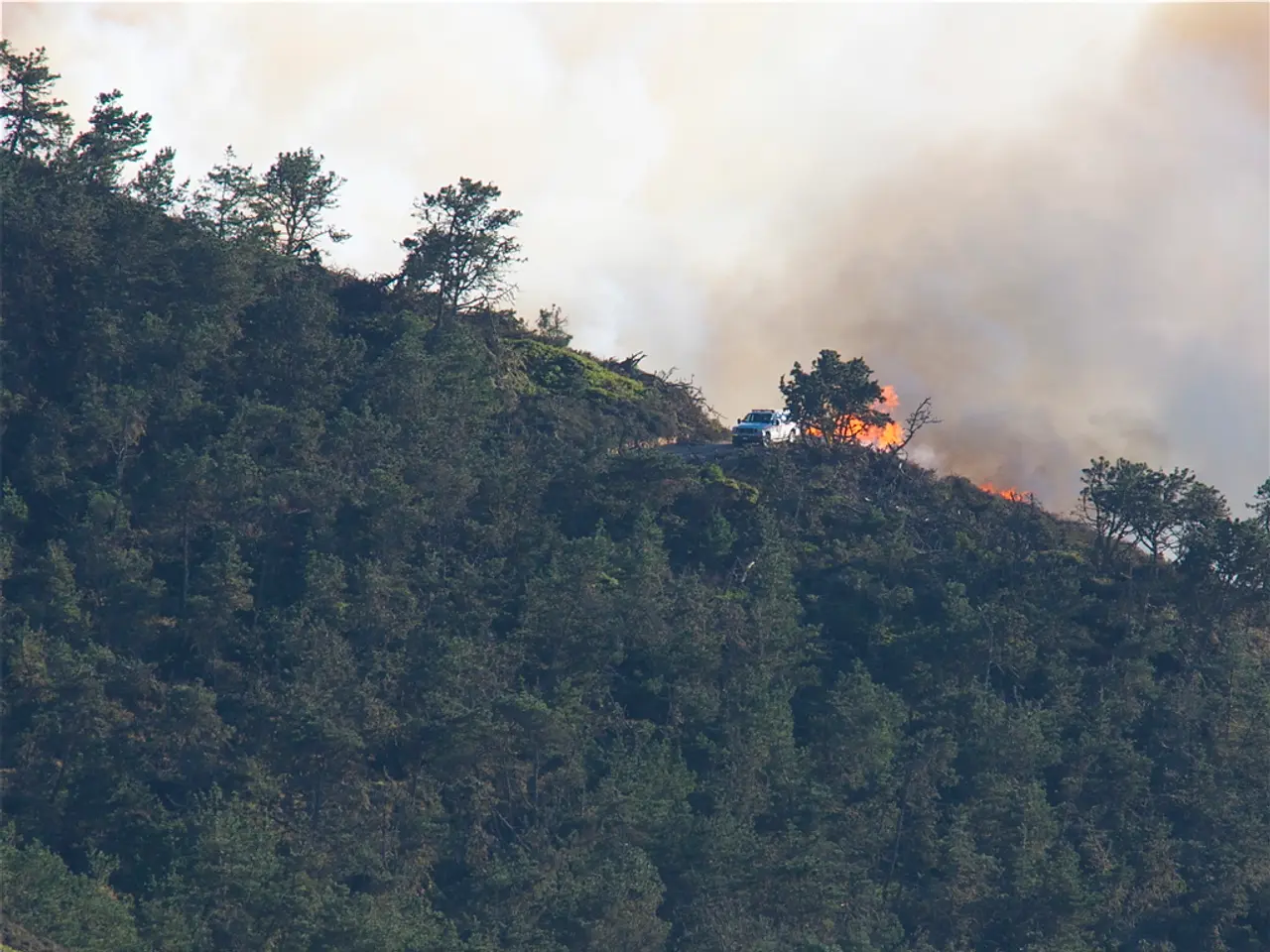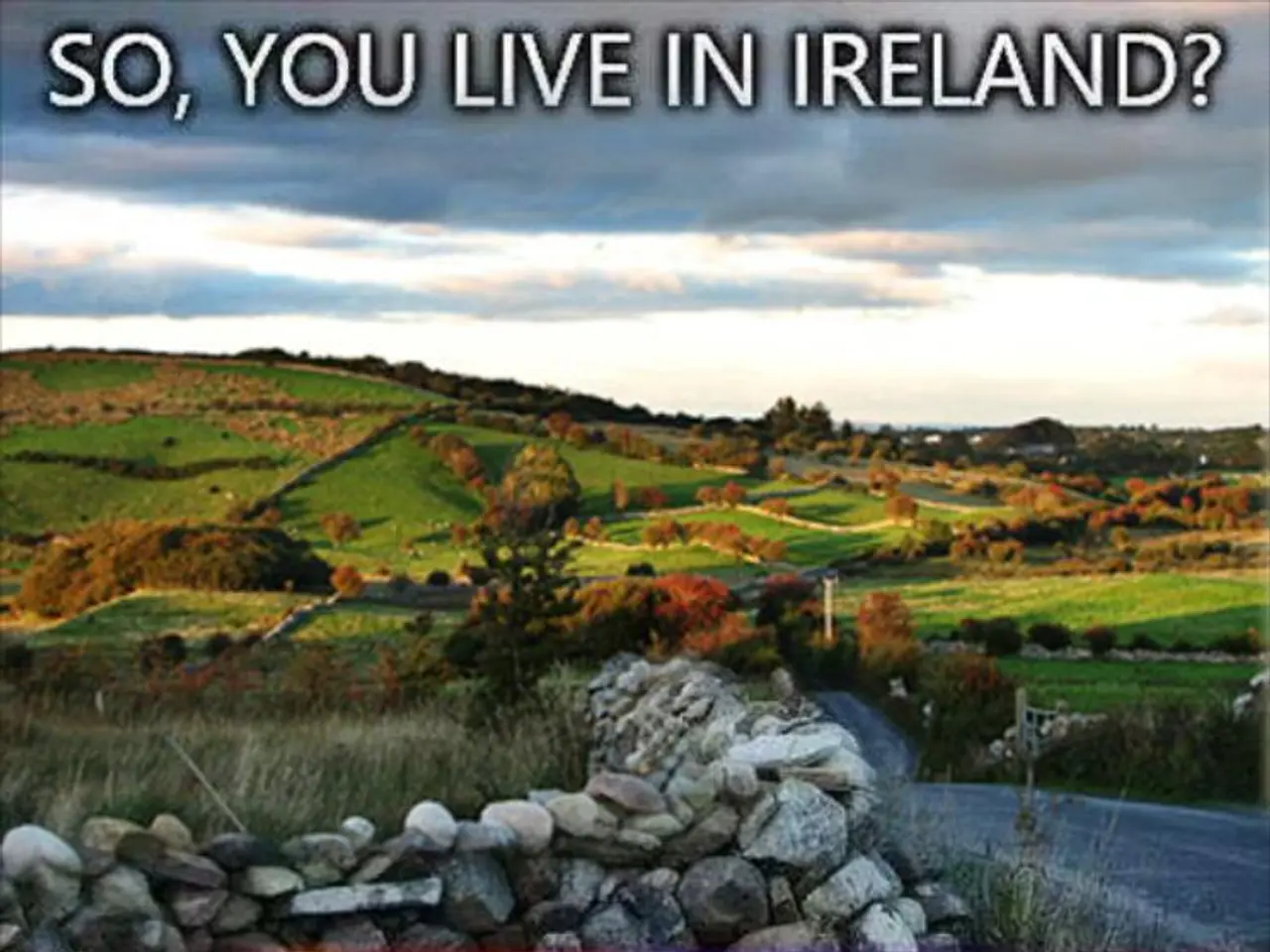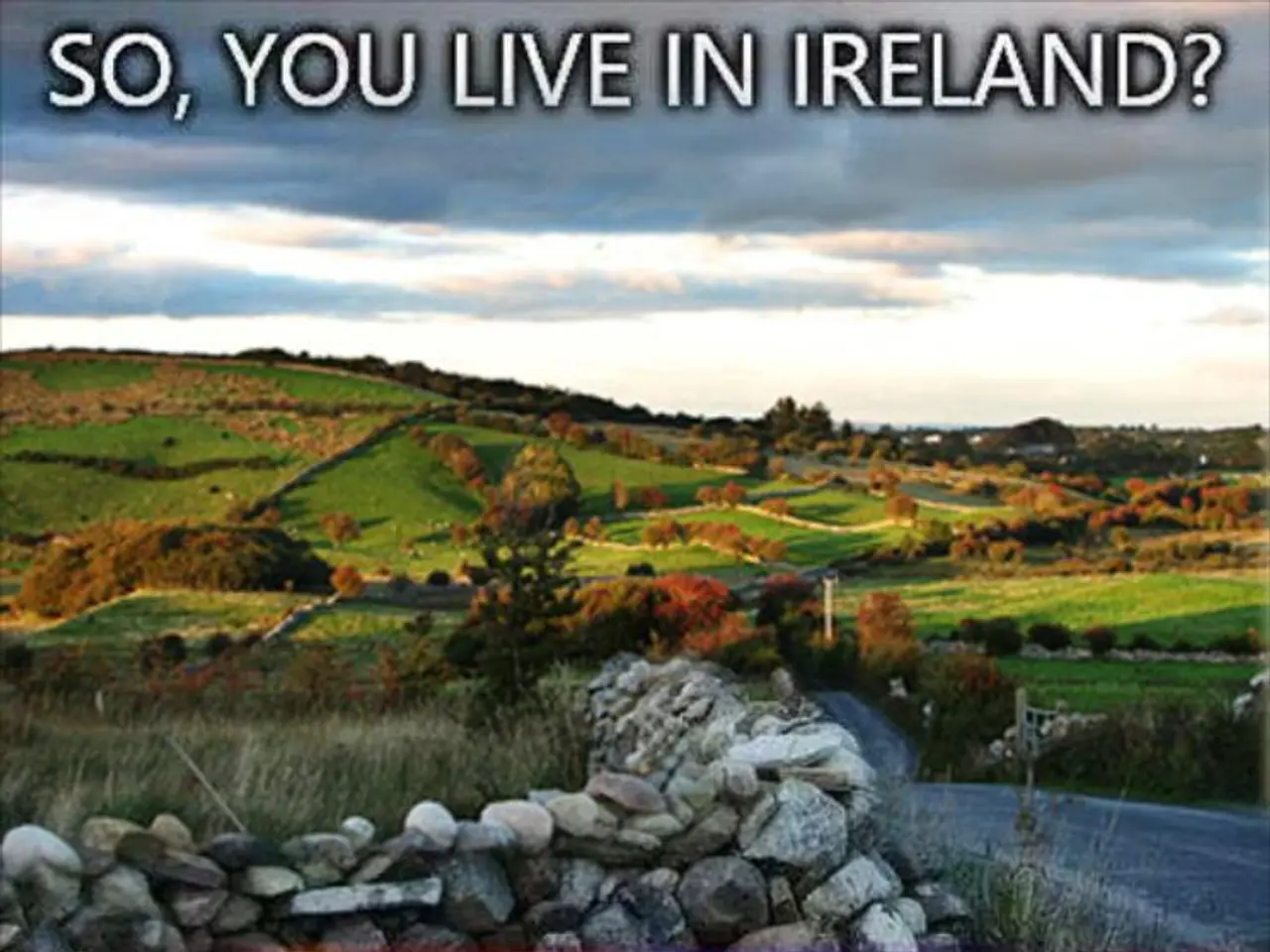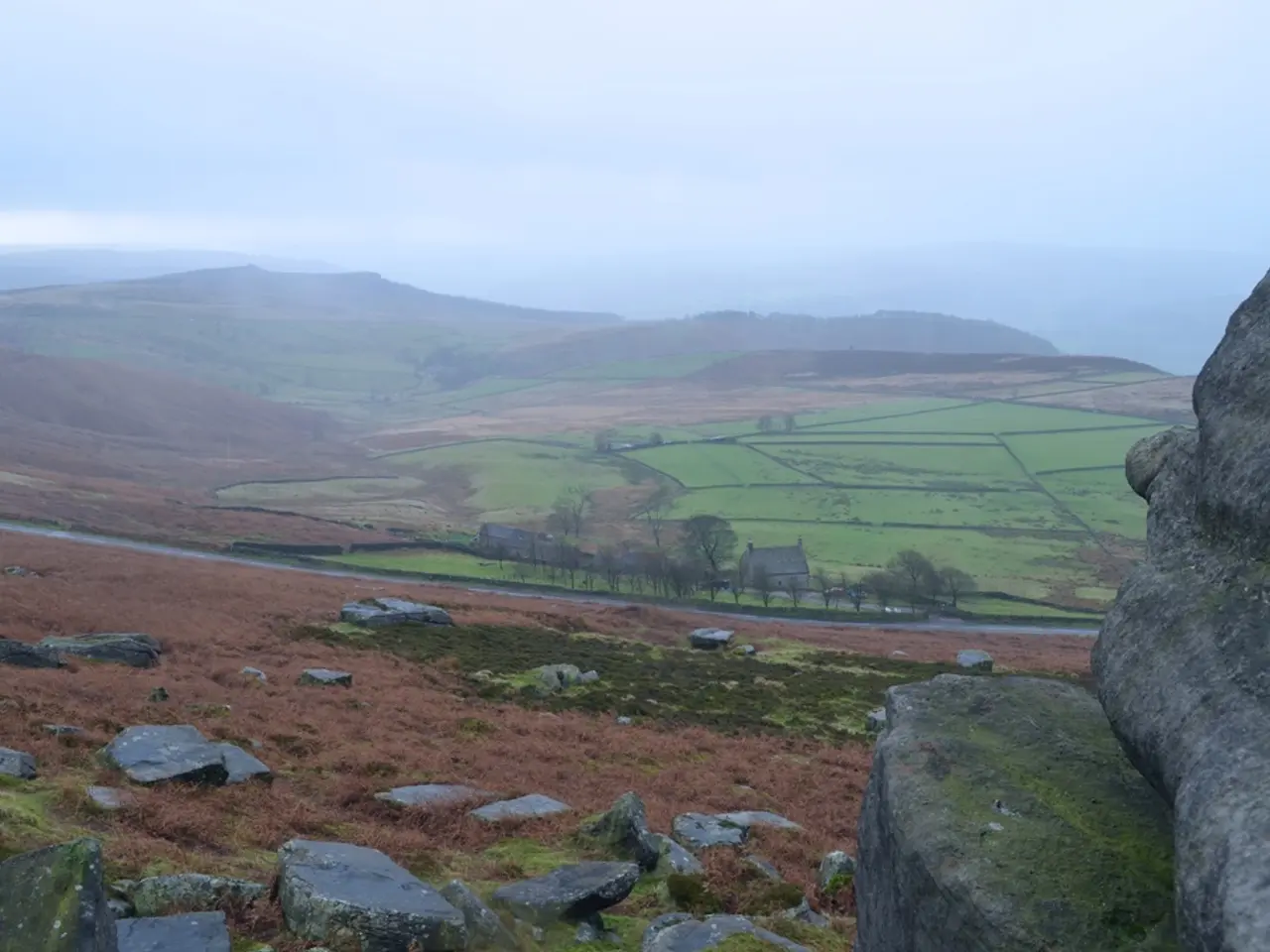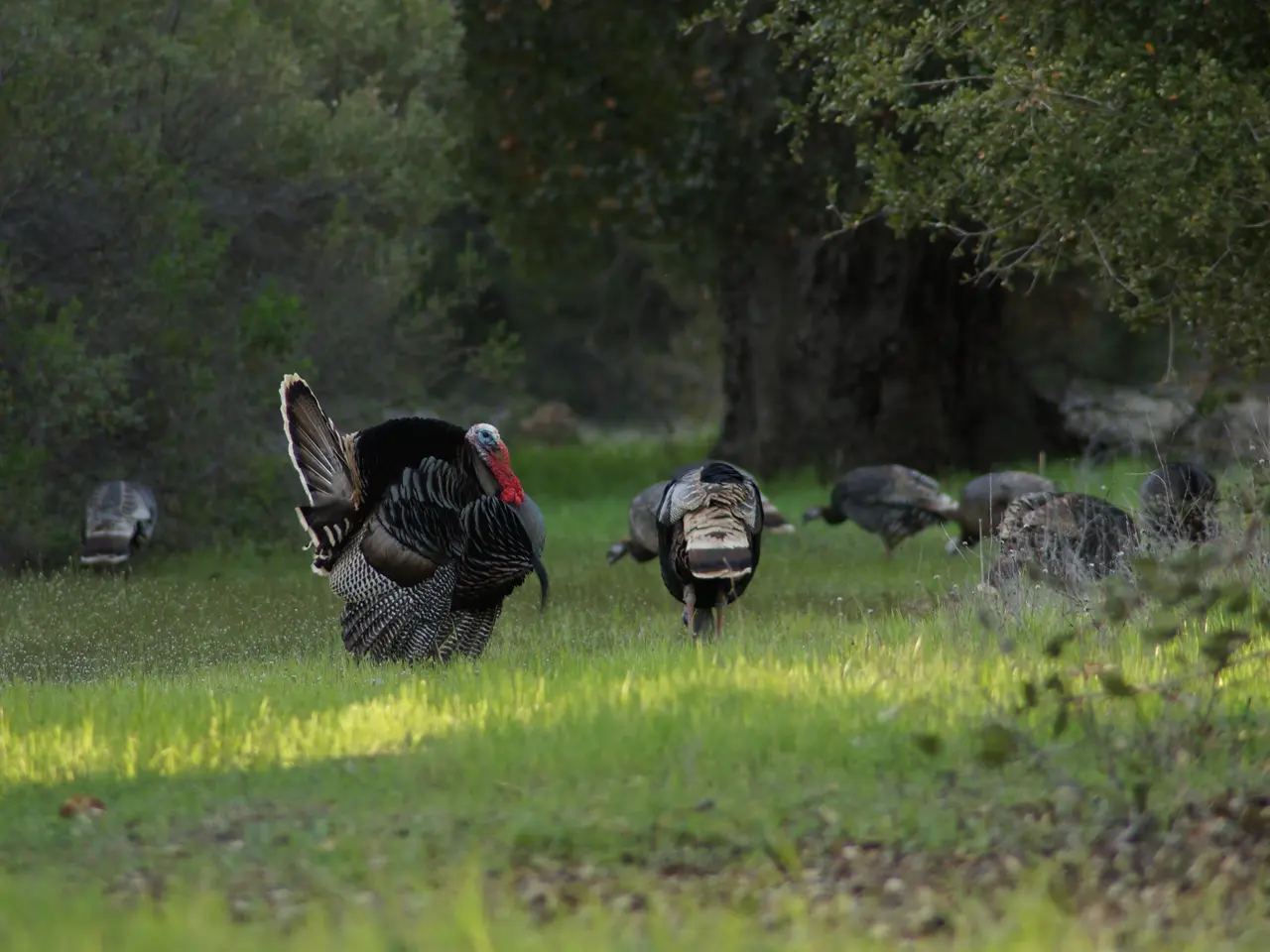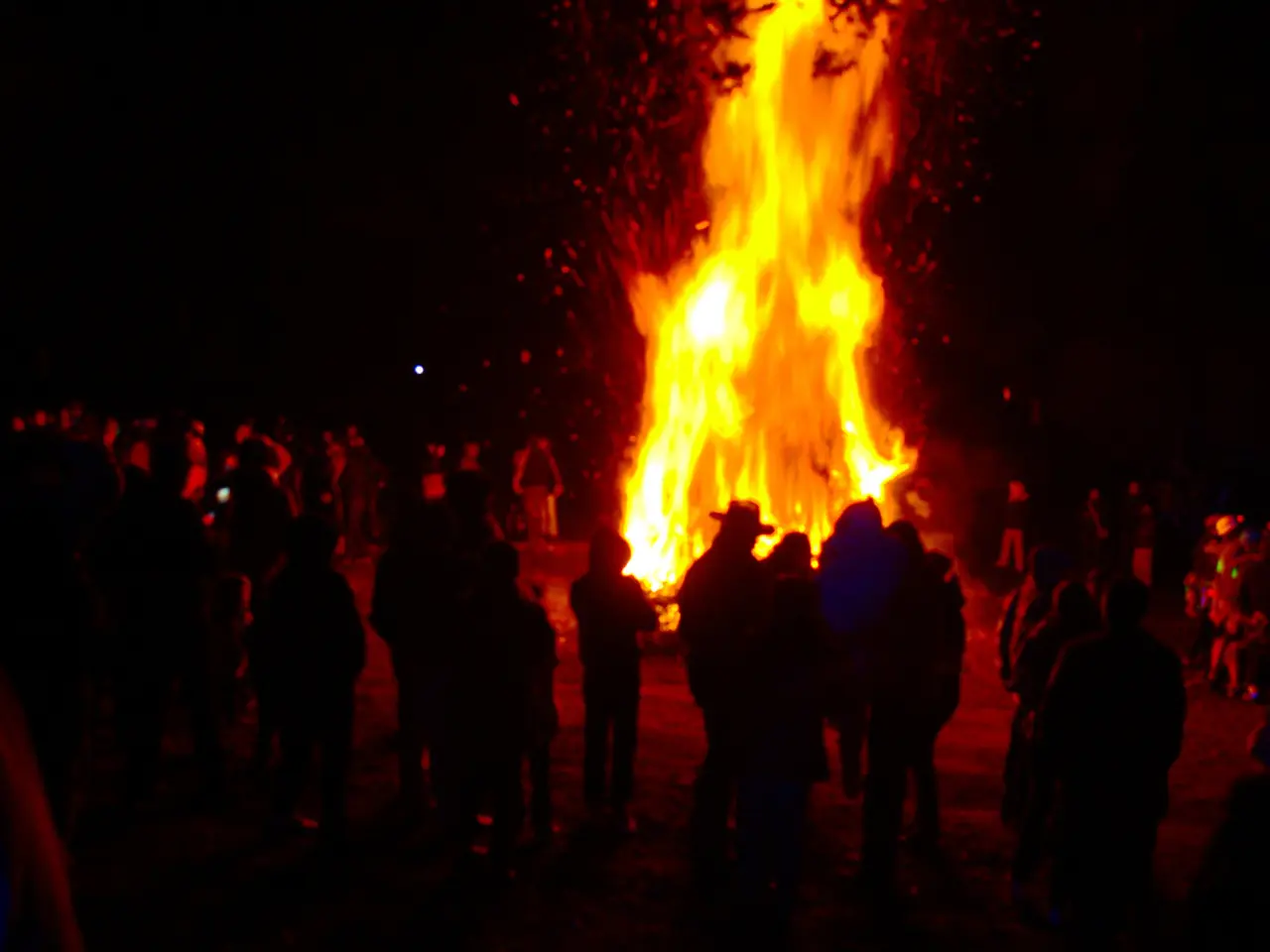Multitudes Escaping Raging Forest Fires in California
Wildfire Rages in California's Los Padres National Forest
A wildfire, known as the "Gifford Fire," is currently ravaging the Los Padres National Forest, north of Santa Barbara, California. The blaze has been burning since Friday and is currently 3% contained, according to the U.S. Forest Service.
More than 1,900 personnel are battling the flames, with more than 870 buildings threatened by the inferno. Over 970 people have been ordered to evacuate their homes due to the wildfire, and at least three people have been injured.
The wildfire has spread over an area of more than 290 square kilometers in just a few days, but by mid-July, an area of nearly 895 square kilometers had burned according to Cal Fire. This year is expected to be severe for wildfires in the U.S. West Coast.
The increased frequency and severity of wildfires on the US West Coast in recent years are primarily driven by hotter and drier conditions, seasonal high winds, and expanded human development in fire-prone areas. Climate change contributes significantly by making the region warmer and drier, which causes wildfires to grow larger, more intense, and spread faster. This has led to longer fire seasons, earlier fire starts, and more acreage burned annually.
Key factors include:
- Rising temperatures and prolonged droughts: Climate change is causing the western US to experience hotter and drier conditions, which dry out vegetation and create more combustible fuel for fires.
- Winds that accelerate fire spread: Seasonal winds like California’s Diablo and Santa Ana winds push fires rapidly across the landscape, increasing their size and destructiveness.
- Earlier fire seasons: Studies show wildfire seasons now start weeks earlier in California than decades ago, extending the period during which wildfires can occur.
- Human activity and land management: More people living in wildland-urban interface areas pose challenges for firefighting and increase ignition sources. There is also a historical imbalance favoring fire suppression over prevention and landscape management, which exacerbates wildfire risks.
- Climatic influence on fire behavior: As the climate continues to warm, it intensifies hazardous weather patterns that can create conditions conducive to extreme fire events, further fueling wildfire frequency and severity.
The U.S. Forest Service is responsible for managing the wildfire. Heat, drought, low humidity, and wind can contribute to the risk of wildfires. The cause of the wildfire is currently unknown.
It's worth noting that the "Gifford Fire" is not yet included in these data. Directly linking climate change to individual wildfires is difficult, according to experts. However, the evidence suggests that climate change is a critical underlying driver that alters environmental conditions, making wildfires on the West Coast more frequent, severe, and destructive, combined with human settlement patterns and changing land management practices.
[1] National Interagency Fire Center. (2021). Wildland Fire Facts. Retrieved from https://www.nifc.gov/fireInfo/fireInfo_main.html
[2] California Department of Forestry and Fire Protection. (2021). California Wildfires. Retrieved from https://www.fire.ca.gov/
[3] National Park Service. (2021). Fire and Climate Change. Retrieved from https://www.nps.gov/subjects/fire/climatechange.htm
[4] California Wildfire Safety Advisory Council. (2021). Wildfire Safety and Preparedness. Retrieved from https://www.wildfiresafety.ca.gov/
- Other environmental sciences, such as weather-forecasting and climate-change studies, are crucial in understanding and predicting the increased frequency and severity of wildfires, like the Gifford Fire, on the US West Coast.
- The Gifford Fire, in California's Los Padres National Forest, is a result of hotter and drier conditions, expanded human development in fire-prone areas, and seasonal high winds - factors that are significantly influenced by climate change and contribute to its growth.
- Climate-change research in the field of environmental science suggests that rising temperatures and prolonged droughts, as well as earlier fire seasons, are linked to the increased wildfire activity in California, making it important to consider the broader impacts of environmental changes when addressing wildfire issues.
